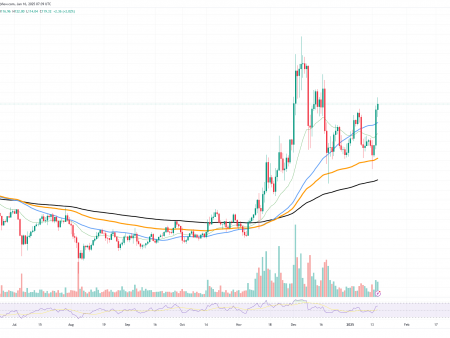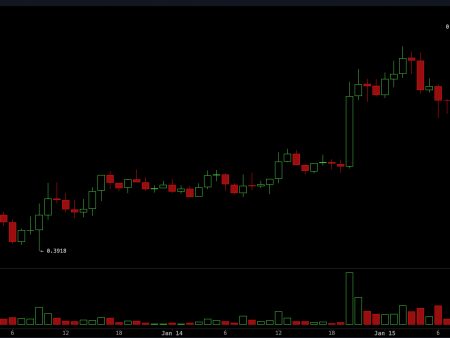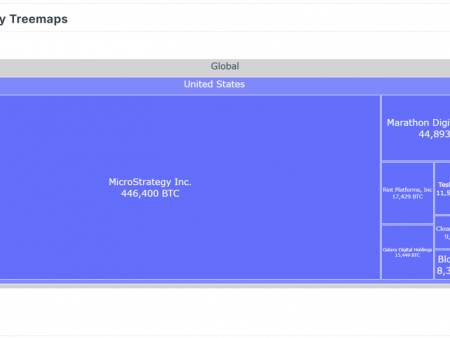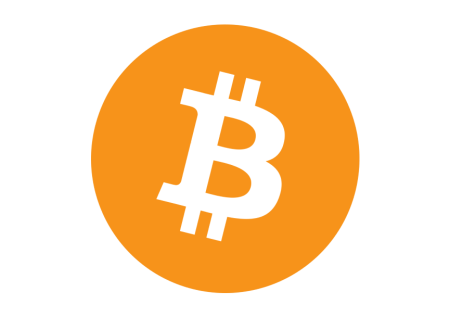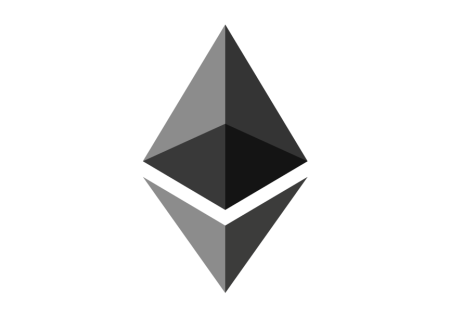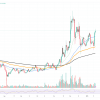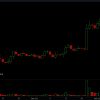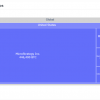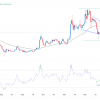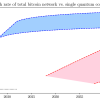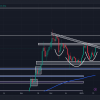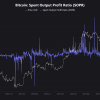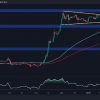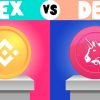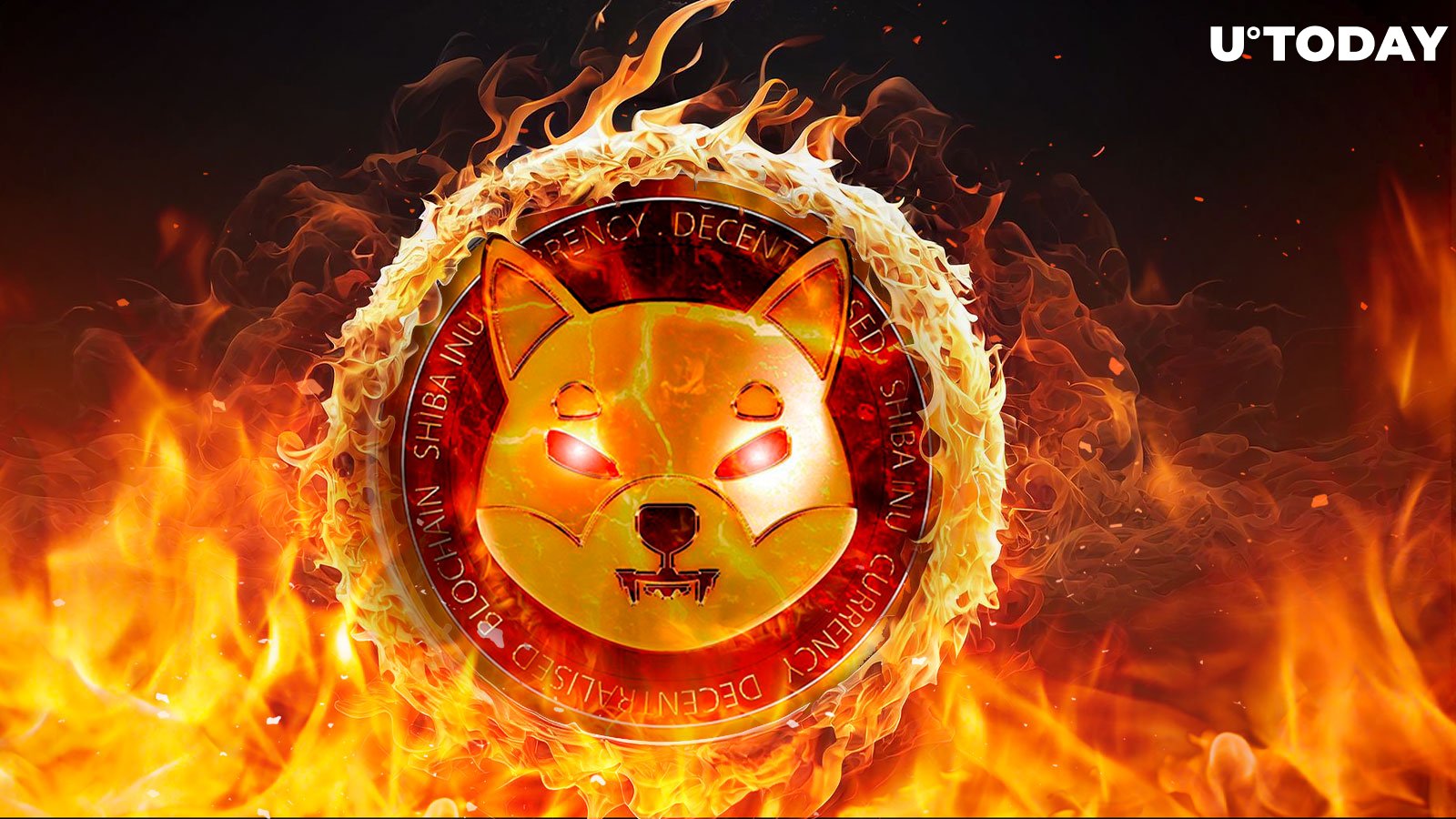
The Shiba Inu (SHIB) cryptocurrency has seen a significant increase in its token burn rate, according to the latest data of Shibburn. In the last 24 hours, the Shiba Inu token burn rate has increased by a staggering 863.58%, with a total of 107,081,056 SHIB tokens burned. This brings the total number of SHIB tokens burned over the last week to 368,456,226.
The Shiba Inu (SHIB) cryptocurrency has seen a significant increase in its token burn rate, according to the latest data of Shibburn. In the last 24 hours, the Shiba Inu token burn rate has increased by a staggering 863.58%, with a total of 107,081,056 SHIB tokens burned. This brings the total number of SHIB tokens burned over the past week to 368,456,226.
Token burning is a process where a portion of tokens are permanently removed from circulation, reducing the total supply. This deflationary mechanism is used to increase scarcity and potentially increase the value of the token. For Shiba Inu, a coin meme Known for its massive supply, major burns can have a major impact on your market dynamics.
Shiba Inu Market Performance
Despite the impressive burn rate, SHIB price has remained relatively low in recent days, mirroring trends in the broader crypto market. According to the latest data, SHIB is trading at $0.00002176, which is a modest increase of 0.41% in the last 24 hours. However, the trading volume has seen a significant decrease, down 56.62% to $340.81 million.

From a technical perspective, Shiba Inu presents a mixed picture. SHIB’s Relative Strength Index (RSI) stands at 39.71. The RSI is a momentum oscillator that measures the speed and change of price movements, with readings below 30 indicating that an asset is oversold and above 70 indicating overbought. An RSI of 39.71 suggests that SHIB is currently in neutral or slightly bearish territory.
On a more optimistic note, SHIB price remains above its 200-day exponential moving average (EMA) and 200-day simple moving average (SMA). These moving averages are widely watched indicators that help smooth out price action over a given period. Trading above these averages is generally considered a bullish signal, suggesting that SHIB long term trend may still be positive despite recent price weakness.
